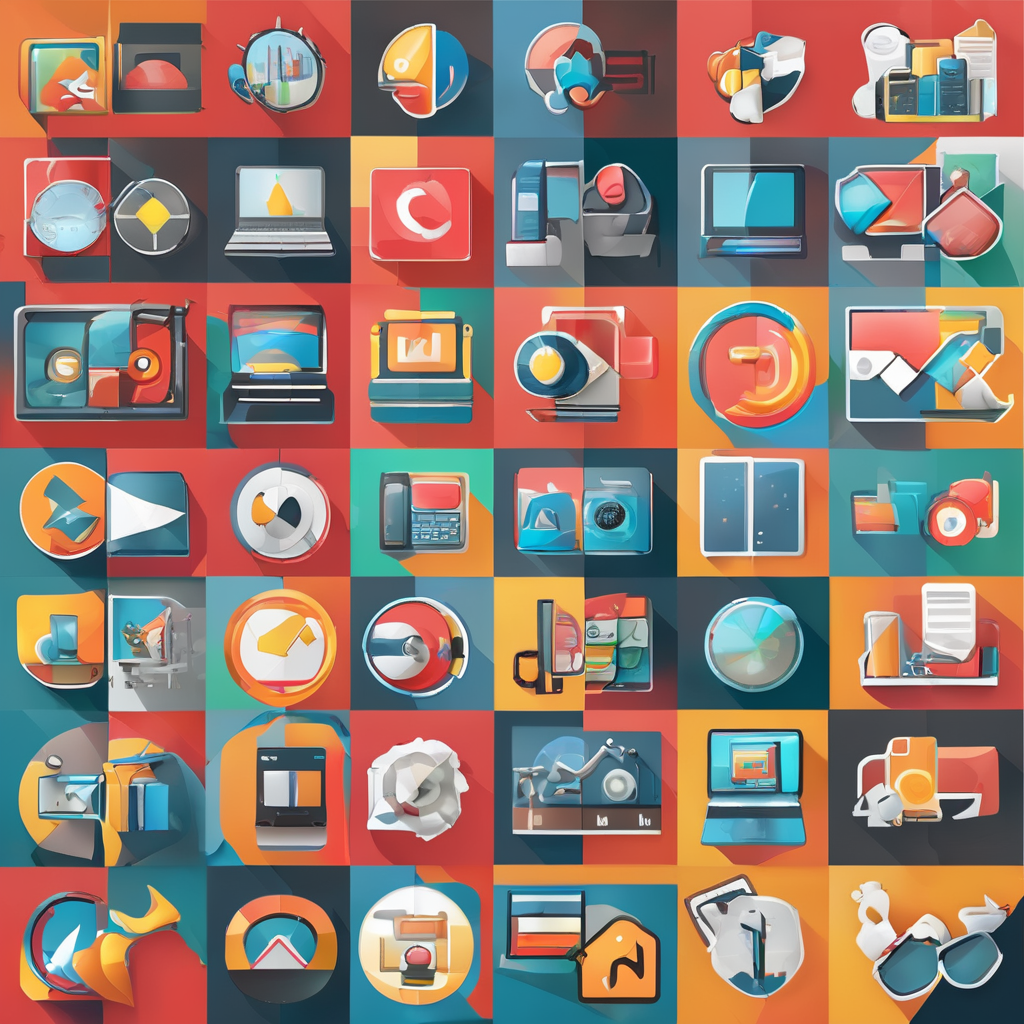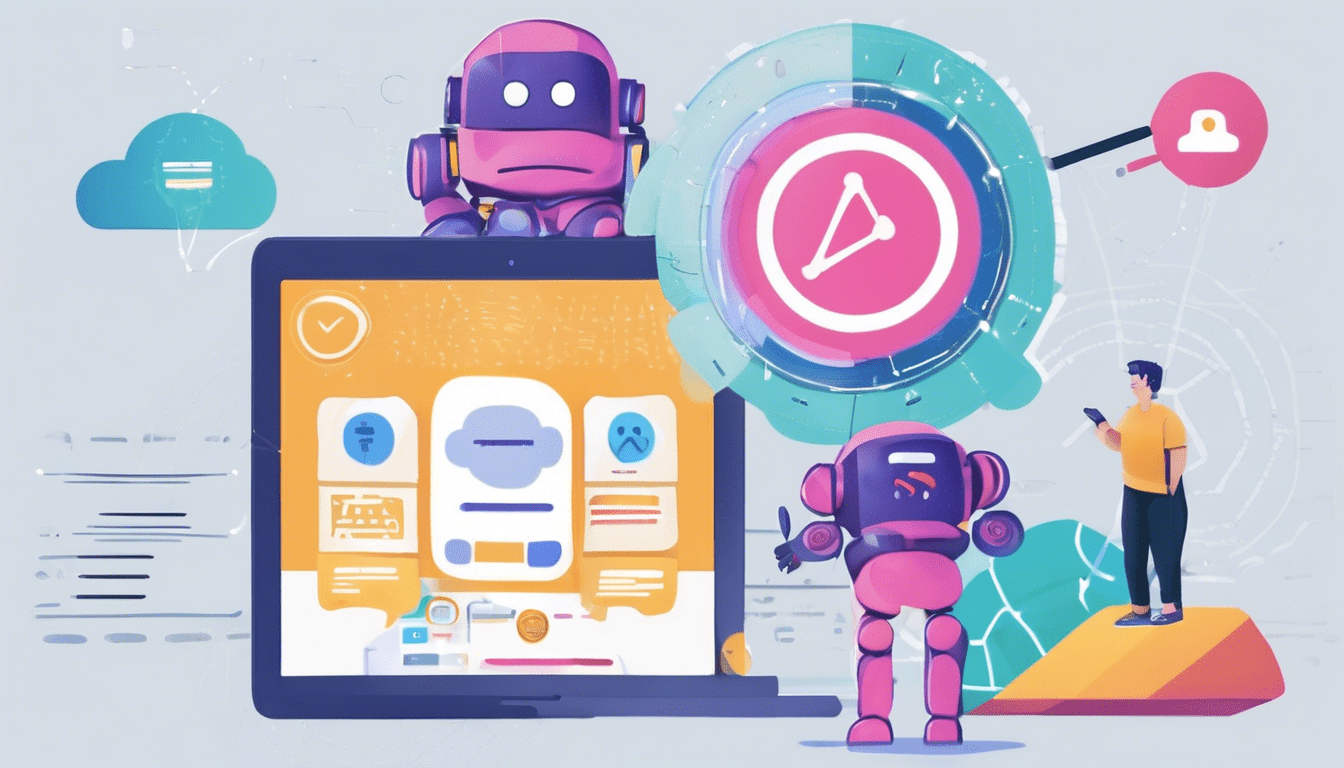Launching a custom AI chatbot doesn’t have to be time-consuming. With the right tools and strategies, you can create a functional, tailored bot in under five minutes. This guide reveals how speed influences business agility, highlights essential platforms, and breaks down the quick setup process. Whether for customer support or testing, mastering rapid chatbot deployment offers a competitive edge—delivering instant value without sacrificing quality or accuracy.
Overview of Rapid AI Chatbot Development
Creating an effective AI chatbot quickly is essential in today’s fast-paced digital environment. Fast chatbot creation allows businesses and developers to respond promptly to customer needs, market changes, and technological advancements. Quick AI deployment means minimizing downtime and accelerating the journey from concept to a working solution, which can lead to enhanced customer engagement and operational efficiency.
In the same genre : Enhance your business efficiency with expert it support solutions
Building AI chatbots within five minutes brings several key benefits. It reduces time-to-market significantly, allowing businesses to experiment and iterate their chatbots rapidly. This speed helps avoid lengthy development cycles and enables real-time updates based on user feedback. Moreover, rapid AI chatbot development supports scalability, as businesses can swiftly deploy additional bots to different platforms or functions.
Common use cases for rapid chatbot setup include customer service, where immediate deployment improves response times and customer satisfaction. Quick AI deployment also suits testing new ideas or prototypes without heavy resource investment. Developers can use this approach to gather user input early, adjusting the chatbot’s behavior efficiently.
In the same genre : How Can the Latest Innovations in UK Computing Technology Influence Future Trends?
For those interested in quick and easy tools for fast chatbot creation, platforms like Wonderchat offer user-friendly interfaces that make rapid AI chatbot development accessible without deep technical skills, enabling even small businesses to leverage AI technology effectively.
Essential Tools and Platforms for Quick AI Chatbot Creation
Understanding key resources for fast, efficient AI chatbot building
When you want to build an AI chatbot quickly, AI chatbot tools and no-code AI platforms are invaluable. These technologies enable users without coding experience to set up chatbots fast. User-friendly AI chatbot builders simplify the process by offering drag-and-drop interfaces that let you design conversations visually. This removes complexity and accelerates development.
Choosing the right platform for rapid development depends on factors such as ease of use, integration options, and customization flexibility. Look for platforms that support natural language processing and pre-built templates to jumpstart your project. Popular no-code AI platforms emphasize intuitive design, allowing you to create functional chatbots in minutes.
In terms of features to look for in quick setup tools, prioritize options that include:
- Real-time conversation testing
- Multi-channel deployment (e.g., web, social media)
- Analytics dashboards for performance tracking
These features help you not only build but also optimize your chatbot continuously. For a practical approach to creating your AI chatbot in under five minutes, services like Wonderchat provide excellent solutions tailored for speed and simplicity. Using such tools ensures you maximize efficiency without sacrificing quality.
Step-by-Step Guide to Building a Custom AI Chatbot in Under 5 Minutes
Building a beginner AI chatbot has never been easier thanks to intuitive platforms that provide a step-by-step chatbot guide. The first step involves preparing your required resources and access. This includes ensuring you have a stable internet connection, a device to work on, and access to an AI chatbot builder platform. Most platforms offer free accounts or trials that give you access to essential chatbot creation tools.
Once logged in, configuring the initial chatbot framework using templates is straightforward. These templates serve as the backbone, providing predefined intents and responses that cover common conversation topics. This step speeds up development significantly, especially for beginners. Simply selecting a template relevant to your chatbot’s purpose allows you to start with a functional framework without writing complex code or setting up intricate workflows from scratch.
Next, focus on customizing responses and intents efficiently. Tailoring the chatbot’s answers to match your specific needs improves user engagement and satisfaction. You can adjust existing intents or add new ones by defining what users might ask and the appropriate replies. Many platforms enable bulk editing and testing in real time, streamlining this process. Remember that refining responses iteratively enhances the quality of your AI chatbot.
For those interested in building an AI chatbot fast without sacrificing flexibility, tools like Wonderchat provide a seamless experience aligned with this step-by-step chatbot guide. They empower beginners to create powerful, personalized chatbots in under 5 minutes, making the technology accessible and practical.
Best Practices for Fast and Effective AI Chatbots
Ensuring optimal performance through strategic choices
Achieving chatbot optimization hinges on deploying clear and simple responses. Clarity in responses reduces user frustration and enhances engagement. Use straightforward language and keep answers concise while covering necessary details. This practice ensures users quickly grasp the chatbot’s intent and offerings without confusion.
Rapid testing and debugging are paramount for maintaining chatbot speed and reliability. Efficient testing uncovers issues that might slow down response time or reduce accuracy. Employ iterative testing cycles, focusing on both individual response quality and overall conversational flow. This approach minimizes downtime and streamlines deployment strategies.
For seamless deployment and integration, ensure that your chatbot aligns well with existing systems and platforms. Compatibility with commonly used software and communication channels helps maintain consistent user experience. Prioritize scalability and flexibility to accommodate future updates or expansions. Successful deployment strategies require thorough planning, from server infrastructure to user interface design, to guarantee smooth operation across devices.
By combining clear communication, agile testing, and thoughtful integration, you optimize chatbot performance effectively and sustainably. For an easy start crafting exceptional AI chatbots, explore tools like Wonderchat that simplify the process and enhance your chatbot’s capabilities.
Tips for Enhancing and Scaling Your Rapid AI Chatbot
Enhancing and scaling your chatbot efficiently requires strategic planning to maintain user engagement while accommodating growth. One key practice is adding features post-creation without delays. This means designing your chatbot architecture so that new functionalities can be integrated seamlessly after launch. Doing so avoids downtime, ensuring that users experience continuous interaction without interruption.
Monitoring chatbot performance plays a crucial role in continuous improvement. By analyzing user interactions, response accuracy, and engagement rates regularly, you can identify bottlenecks or areas where your chatbot may underperform. This enables targeted updates, which optimize the bot’s efficiency and enhance overall user satisfaction.
Planning for future scalability should consider minimal setup time to accommodate growing demands. A scalable chatbot system can handle increasing numbers of users without significant changes to the core infrastructure. Utilizing modular components and flexible frameworks helps ensure that expanding your chatbot’s capabilities does not lead to performance degradation.
Balancing fast feature addition, vigilant performance monitoring, and forward-looking scalability will bolster the chatbot’s longevity and maintain strong user engagement. For those interested in a straightforward tool to create and customize chatbots quickly, Wonderchat offers practical solutions that align perfectly with these principles.
Common Challenges and How to Overcome Them in Quick AI Chatbot Creation
Understanding obstacles to streamline your build
Building a chatbot swiftly brings its own set of challenges, especially when relying on no-code platforms for rapid deployment. One common issue is the limitations of no-code tools that, while user-friendly, may restrict the chatbot’s customizability and advanced functionality. These constraints often lead to difficulties embedding complex logic or tailoring nuanced responses, which directly influence the bot’s effectiveness.
Maintaining response accuracy with minimal setup is another frequent challenge. Without in-depth configuration, chatbots might misunderstand user inputs or provide vague answers. To overcome this, focus on training your chatbot with clear, concise intents and sample phrases. Prioritizing the most frequent user questions ensures higher precision and relevance in responses.
Integration difficulties also arise during rapid deployments. Connecting your chatbot to existing systems like customer databases or messaging platforms can be complex without proper support from the no-code environment. To address this, choose platforms that offer robust third-party API integrations or customizable webhook options. This enables smoother communication between your chatbot and external services, ensuring seamless operation and a better user experience.
In summary, while chatbot troubleshooting during a quick build can be daunting, focusing on overcoming no-code tool limitations, enhancing response accuracy, and planning for integration hurdles will yield a more reliable and efficient AI chatbot ready for deployment. For practical guidance on chatbot creation and deployment, exploring tools like Wonderchat can simplify your process substantially.
Resources and References for Fast AI Chatbot Development
In the quest for efficient AI chatbot creation, leveraging AI chatbot tutorials and quick-start guides is essential. These resources provide structured paths from the basics to advanced techniques, enabling developers to build functional bots swiftly.
Official tool documentation often serves as the most reliable source. It includes in-depth explanations and step-by-step instructions tailored to the platform you choose. For example, many frameworks offer detailed manuals and tutorials that guide users through setup, customization, and deployment phases. Accessing these documents guarantees accuracy and reduces guesswork during development.
Another significant resource is community forums and support channels. These platforms host conversations where developers share solutions, troubleshoot bugs, and exchange tips. Engaging with such communities accelerates learning, exposing you to real-world problems and practical fixes that official docs might not cover.
For those looking to save time, sample templates and code snippets designed for rapid customization prove invaluable. These pre-built elements can be adapted quickly, offering a solid foundation that aligns with your chatbot’s intended functionality. Using these assets shortens the development cycle and enhances reliability.
Exploring these resources collectively ensures a well-rounded approach, balancing formal knowledge from official documents with experiential insight from the developer community. For an accessible, all-in-one starting point, consider exploring tools like Wonderchat, which streamlines the chatbot creation process using comprehensive tutorials and ready-to-use templates. This blend of materials empowers both novices and experienced programmers to bring ideas to life efficiently.









